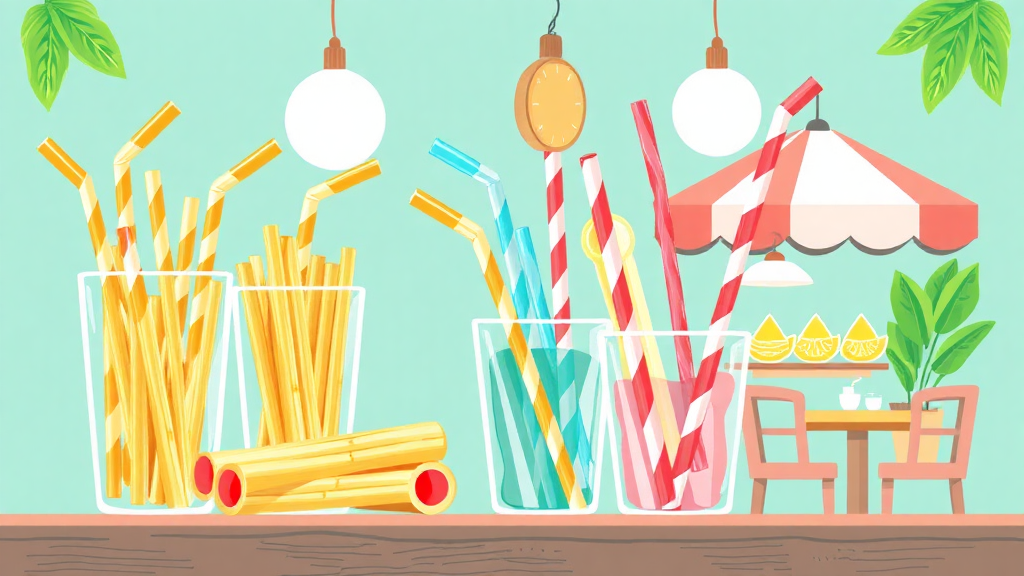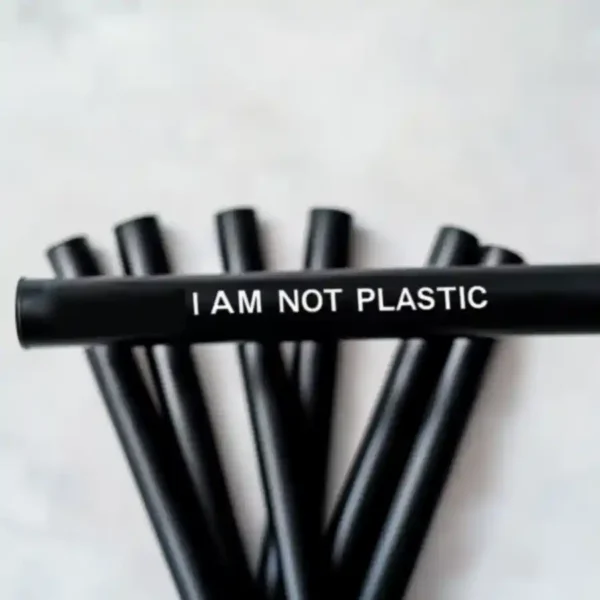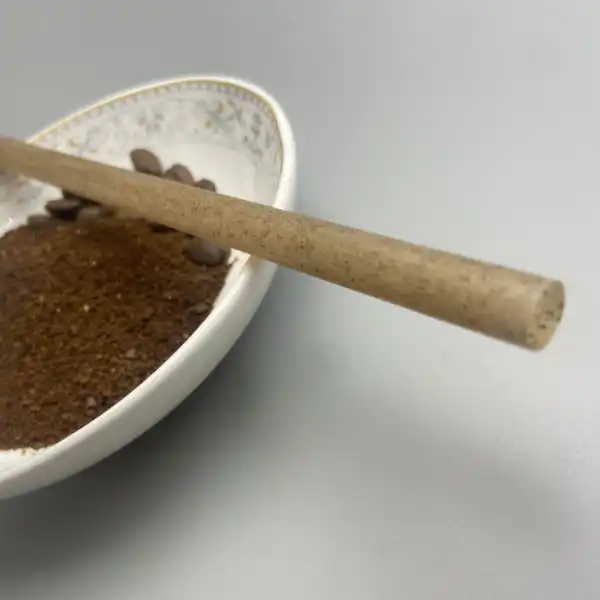
Picture this: A sea turtle swimming through crystal-clear waters, unencumbered by plastic waste. This vision is becoming reality as restaurants worldwide embrace a transformative shift toward sustainability. The humble straw, once a symbol of convenience, has become the catalyst for an environmental revolution that’s reshaping the hospitality industry’s future.
The Environmental Crisis We Can No Longer Ignore
Standing on a beach in Bali in 2019, marine biologist Dr. Sarah Chen made a discovery that would shock the world: a 12-foot-wide mass of tangled plastic from boba straws, representing just 15 minutes of global plastic straw disposal. This visceral image brings home the statistics:

Real-World Impact: The Mediterranean Case Study
In 2022, a collaborative study between coastal restaurants in Greece and marine researchers documented a 47% reduction in beach plastic pollution within six months of implementing compostable straws. Restaurant owner Dimitrios Papadopoulos shares: “We found straws from sugarcane straws from our restaurant washing up on our local beach daily. Since switching to sugarcane straws, we haven’t found a single one.”
The Business Case: When Ethics Meet Economics
“It’s not just about doing good—it’s about good business,” explains Jennifer Martinez, CEO of sustainable restaurant consultancy EcoTable. Her firm’s comprehensive 2023 analysis reveals:

Beyond Starbucks: Success Stories Across the Industry
- Local Impact: The Green Fork, a family-owned diner in Portland, increased profits by 18% after their sustainable transition
- Chain Reaction: National smoothie chain Juice Wave reported 31% higher customer retention rates post-switch
- Global Movement: Tokyo’s ramen shops collectively prevented 89 tons of plastic waste in 2022
Breaking Down the Economics: A Detailed Cost Analysis
Let’s examine the real numbers through the lens of a mid-sized restaurant serving 500 drinks daily:
The Science Behind Sugarcane Straws: Innovation Meets Sustainability
Dr. James Wong, material scientist at MIT, explains: “The molecular structure of processed sugarcane fiber creates a naturally water-resistant barrier while maintaining biodegradability—nature’s own engineering marvel.”

Implementation Guide: From Decision to Deployment
Week-by-Week Transition Plan:
- Week 1-2: Supplier evaluation and sample testing
- Week 3-4: Staff training and customer communication
- Week 5-6: Phased rollout and feedback collection
Expert Insights: Common Concerns Addressed
Leading sustainability consultant Maria Rodriguez addresses key industry questions:
Measuring Success: Metrics That Matter
Track your impact through these key performance indicators:
- Monthly waste reduction (by weight)
- Customer feedback scores
- Cost savings from waste management
- Social media sentiment analysis
The Future of Sustainable Dining
As we look toward 2025, industry experts predict:
- Integration of blockchain technology for supply chain transparency
- Development of next-generation biomaterials
- Expansion of municipal composting infrastructure







